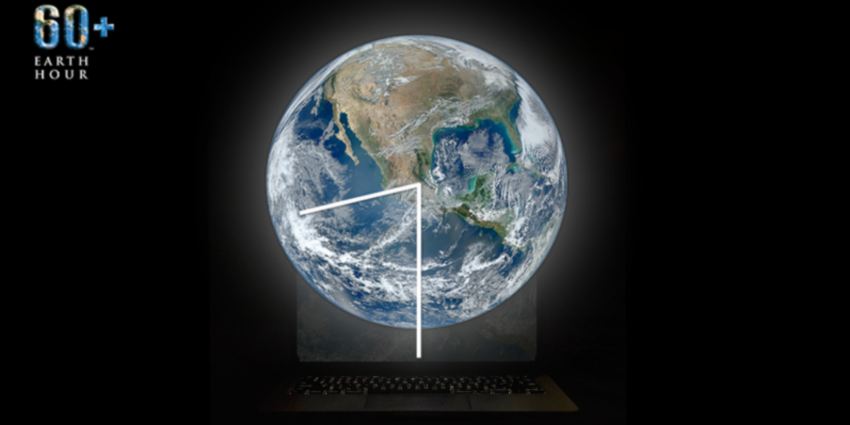Today, March 23rd, the world unites for Earth Hour, but it’s not just about turning off the lights anymore. Organized by the World Wildlife Fund (WWF), Earth Hour has become the “Biggest Hour for Earth,” encouraging a broader commitment to environmental action.
While switching off non-essential lights for one hour from 8:30 to 9:30 pm local time remains a powerful symbol of solidarity, Earth Hour now emphasizes taking positive actions for the planet beyond that symbolic hour.
The focus has shifted to inspiring individuals, communities, and businesses to dedicate that hour to any activity that benefits the environment. This could involve planting trees, cleaning up a local park, learning about sustainable practices, or advocating for environmental policies.
Earth Hour recognizes the urgency of the climate and nature crises. We’re facing unprecedented rates of deforestation, wildlife decline, and resource depletion. But Earth Hour offers a beacon of hope. By uniting millions of people across 190 countries, it demonstrates the collective power of individual action.
The movement doesn’t aim to measure the exact amount of energy saved during the hour. Instead, it aims to spark a dialogue about our ecological footprint and empower people to make lasting changes. Earth Hour is a springboard for long-term environmental commitment.
A Movement Born in Sydney: Earth Hour’s story began in 2007 in Sydney, Australia. Faced with a growing concern about climate change, WWF-Australia partnered with an advertising agency to brainstorm ways to engage the public. The idea of a large-scale “lights off” event, initially called “The Big Flick,” was born. With the support of local media and government officials, the first Earth Hour in Sydney saw over 2.2 million people and businesses turn off their lights for one hour.
This initial success sparked a global phenomenon. The following year, 50 million people in 35 countries participated, with iconic landmarks like the Golden Gate Bridge and the Colosseum joining the symbolic switch-off. Earth Hour has continued to grow ever since, becoming a powerful symbol of our collective responsibility for the planet.
So, how can you participate in the Biggest Hour for Earth? Here are some ideas:
- Turn off your lights! It’s a simple yet powerful symbol.
- Choose an activity: Plant trees, clean up a local park, or participate in a community event.
- Educate yourself: Learn about environmental issues and sustainable practices.
- Advocate for change: Talk to your friends, family, and representatives about environmental policies.
Every action, big or small, contributes to a healthier planet. By joining the Biggest Hour for Earth, you can show your commitment to a brighter future for our one home.

